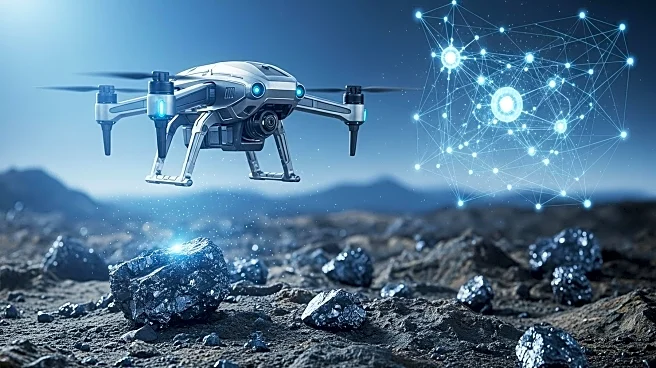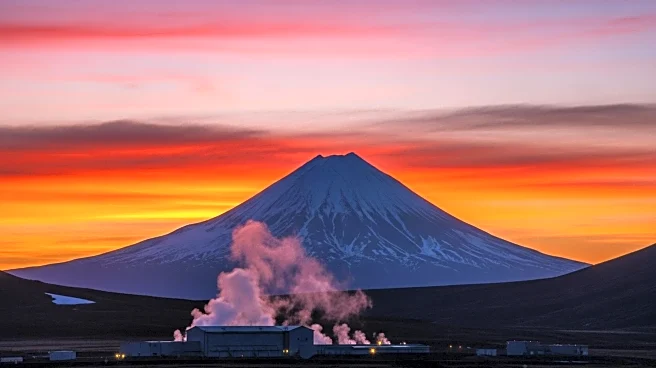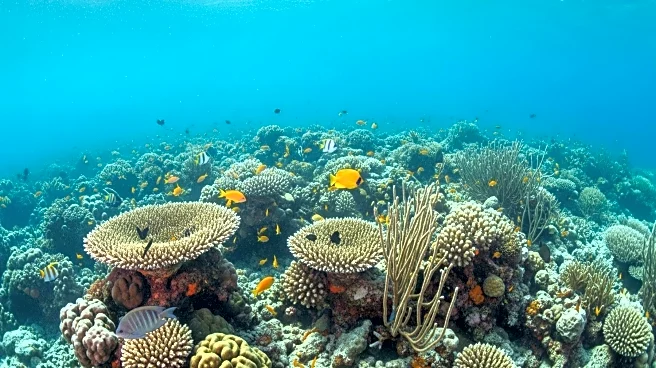What is the story about?
What's Happening?
A new hybrid geostatistical and deep learning framework, known as GCNN-RNN, has been developed to improve the geochemical characterization of historical mine tailings. This innovative approach integrates kriging-derived spatial covariance matrices with a 1D CNN-bidirectional LSTM network, allowing for the modeling of complex, nonlinear dependencies. The framework significantly reduces mean squared error (MSE) and root mean square error (RMSE) for elements like calcium (Ca), copper (Cu), sulfur (S), and zinc (Zn), compared to traditional methods. The GCNN-RNN model achieves R² values exceeding 0.97, indicating a high level of agreement with ground-truth measurements. This advancement is particularly beneficial for identifying contamination hotspots and guiding resource recovery strategies.
Why It's Important?
The development of the GCNN-RNN framework is significant for environmental risk mitigation and resource management in the mining industry. By providing high-resolution predictions of toxic and valuable elements, the model aids in reducing environmental damage from mine tailings and enhances resource recovery efforts. This precision supports sustainable mining practices by improving tailings storage systems and decreasing acid generation and metal leaching. The framework's ability to accurately map geochemical variability also has broader applications in climate change mitigation, land-use optimization, and responsible resource planning.
What's Next?
Future developments of the GCNN-RNN framework may include incorporating formal uncertainty estimation to support risk-informed decision-making. The integration of multi-temporal or remote sensing data could enhance spatial and temporal analyses. Additionally, exploring the model's reproducibility in various geospatial contexts and refining its architecture could lead to more widespread adoption in other geospatial domains, potentially resulting in a positive societal impact.
Beyond the Headlines
The GCNN-RNN framework's integration of geostatistics and deep learning represents a methodological advancement that overcomes the limitations of traditional approaches. By capturing both spatial autocorrelation and complex trends, the model provides a more accurate and comprehensive analysis of mine tailings. This approach not only supports environmental stewardship but also promotes operational efficiency in the mining industry.
AI Generated Content
Do you find this article useful?













